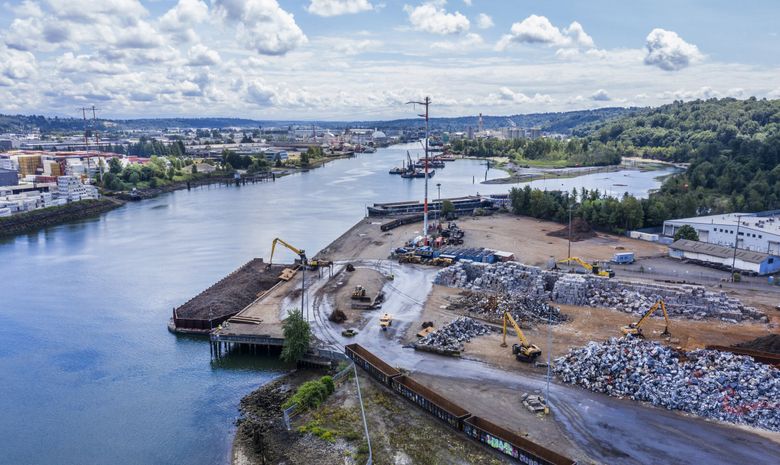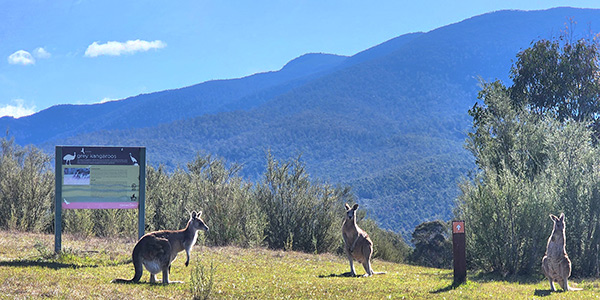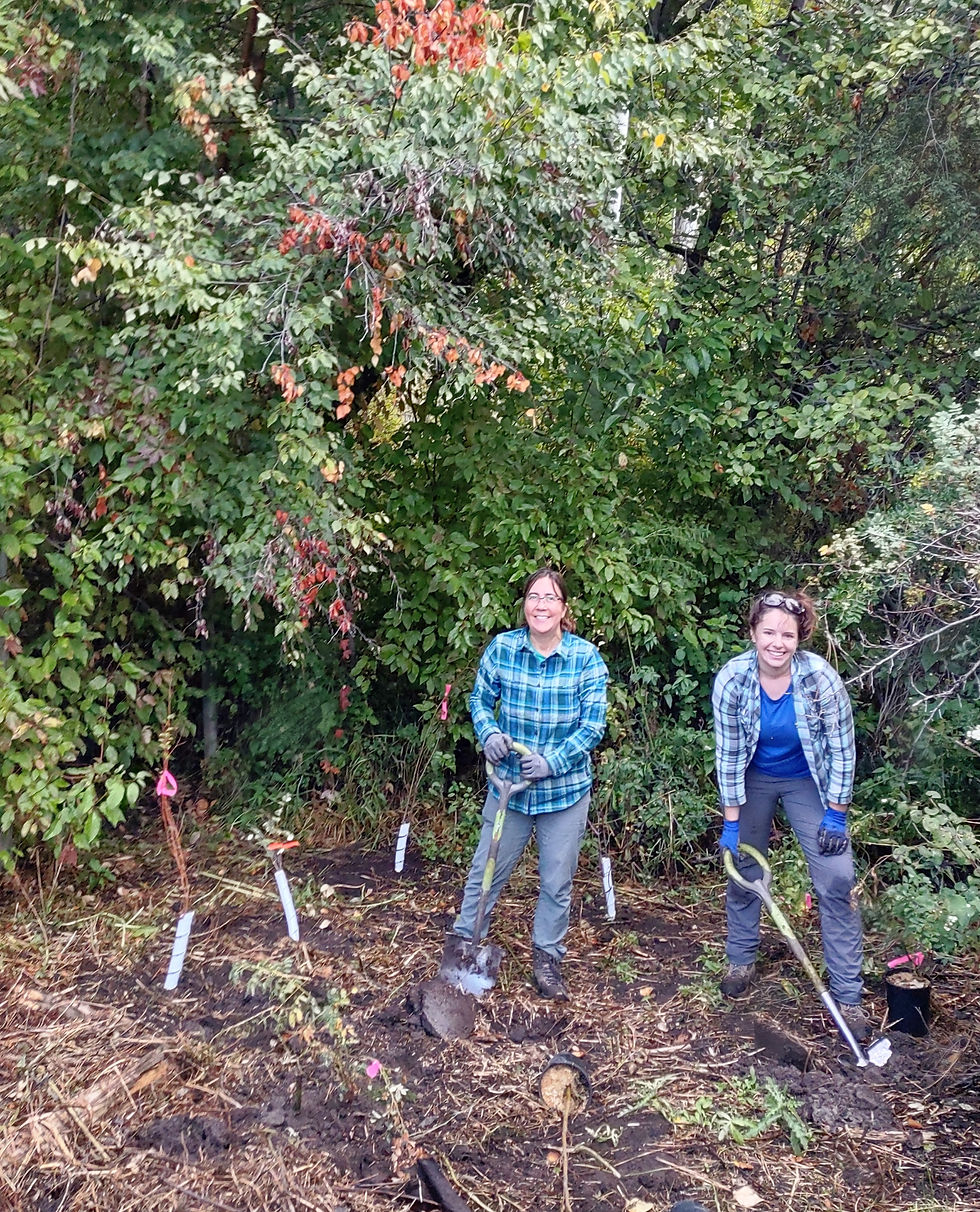The destruction and fragmentation of natural habitats is one of the biggest threats facing wildlife populations worldwide. As human populations grow and development expands, animals are forced to adapt to new environments or face extinction. However, there are also success stories – examples of how restoring lost or damaged habitats can make a real difference for wildlife. In this article, we will explore some of these success stories and highlight the importance of habitat restoration in preserving our planet’s biodiversity.
The Importance of Habitat Restoration

Wildlife habitats provide essential resources for animals to survive and thrive. They offer food, water, shelter, and breeding grounds for a wide range of species. When these habitats are lost or degraded, animals must find new places to live, competing with other species for limited resources. This often leads to population declines and even extinction.
Habitat restoration is a crucial tool in conservation efforts. It aims to recreate or improve natural habitats to support wildlife populations and enhance ecosystem health. By restoring habitats, we can help maintain healthy and diverse ecosystems, which benefits not only wildlife but also humans.
Everglades Restoration Project (Florida, USA)
The first success story on our list is the Everglades Restoration Project in Florida, USA. The Everglades is a unique subtropical wilderness, home to a diverse range of plant and animal species, including the American crocodile, Florida panther, and roseate spoonbill. However, decades of agricultural drainage and water diversion had degraded the ecosystem, leading to population declines and habitat loss.
In 2000, the Everglades Restoration Project was launched, with the aim of restoring the natural flow of water and recreating lost habitats. This ambitious project involves a combination of engineering and ecological restoration techniques. Some of the key strategies include removing dams and levees, creating new wetlands, and restoring mangrove forests.
Removing Dams and Levees
Dams and levees were initially built to control water flow and prevent flooding in surrounding areas. However, these structures disrupted the natural flow of water in the Everglades, causing significant damage to the ecosystem. As part of the restoration project, several dams and levees have been removed or modified to allow water to flow freely and restore the natural wetland habitats.
Creating New Wetlands
Wetlands are essential for the survival of many species in the Everglades. They provide crucial breeding grounds for birds and fish, filter pollutants from water, and help regulate water levels. The restoration project has involved creating new wetlands by redirecting water from canals and constructing shallow basins that mimic natural wetland areas.
Restoring Mangrove Forests
Mangroves are vital coastal ecosystems that provide protection against storms and hurricanes, support a diverse array of wildlife, and act as a carbon sink, helping to mitigate the effects of climate change. Unfortunately, mangrove forests in the Everglades had been significantly reduced due to human activities. The restoration project has included replanting and preserving mangroves to improve the health of the ecosystem.
The Everglades Restoration Project is a long-term effort, with an estimated completion date of 2050. However, it has already shown promising results, with populations of some species, such as the Florida panther, increasing in recent years. It also serves as a model for other large-scale habitat restoration projects around the world.
Oostvaardersplassen Nature Reserve (Netherlands)

Our next success story takes us to the Netherlands, where the Oostvaardersplassen Nature Reserve has transformed from a barren agricultural area into a thriving wetland ecosystem. The reserve is home to hundreds of bird species, as well as large mammals such as red deer, Konik horses, and Heck cattle. These animals roam freely in the reserve, creating a semi-wild natural landscape.
The transformation of Oostvaardersplassen began in the 1970s when a planned industrial development was abandoned, and the area was left to nature. However, the land was heavily degraded and lacked the necessary biodiversity to support a healthy ecosystem. To address this issue, large herbivores were introduced to create natural disturbance and diversity in plant species.
Introduction of Large Herbivores
Large herbivores play a crucial role in maintaining healthy ecosystems by grazing on vegetation, creating open spaces for new plants to grow, and providing food for predators. In Oostvaardersplassen, wild Konik horses and Heck cattle were introduced to mimic the grazing patterns of extinct herbivores that used to roam the area. This has resulted in a more diverse plant community, attracting a wide range of bird species.
Controlled Burning
Controlled burning is another technique used in habitat restoration. It involves setting controlled fires to clear out old and decaying vegetation, improve soil quality, and promote new growth. In Oostvaardersplassen, controlled burning has been used to recreate the natural cycle of fire that naturally occurs in many ecosystems. This has helped restore the balance of plant life and encourage the growth of rare species.
Encouraging Natural Processes
One of the unique aspects of Oostvaardersplassen is its hands-off approach to managing the reserve. Instead of direct human intervention, the focus is on encouraging natural processes to shape the landscape. For example, trees are only removed if they pose a threat to public safety, allowing them to fall and decompose naturally, providing nutrients for the soil and creating new habitats.
The Oostvaardersplassen Nature Reserve has become a thriving ecosystem, with hundreds of bird species and large mammals coexisting in a semi-wild environment. It serves as an excellent example of how hands-off management and natural processes can lead to successful habitat restoration.
Kihansi Gorge Hydroelectric Project (Tanzania)

Our next success story takes us to Tanzania, where the Kihansi Gorge Hydroelectric Project has resulted in the restoration of a unique ecosystem and the recovery of a critically endangered species. The Kihansi spray toad was believed to be extinct until a small population was discovered in 1996. However, their habitat had been significantly impacted by the construction of a hydroelectric dam, and the toads were on the brink of extinction once again.
Construction of a Mist System
The Kihansi spray toad is a highly specialized species that requires a particular microclimate to survive. The mist system is a crucial component of their habitat, providing constant moisture and keeping the temperature cool. To recreate this environment, a mist system was built, consisting of a network of pipes and sprinklers that continuously shower the toads’ habitat with water.
Removal of Non-Native Species
Non-native plant species introduced to the area had outcompeted native plants, reducing food availability for the toads. Invasive fish species also posed a threat to the toad’s larvae. To address these issues, a team of biologists worked to remove invasive species and restore native vegetation to the area.
Reintroduction of Toads
In addition to restoring the toads’ habitat, a breeding program was established to increase their population. Once the habitat was deemed suitable, toads were reintroduced into the wild, and their numbers have steadily increased since then.
The Kihansi Gorge Hydroelectric Project is an excellent example of how targeted restoration efforts can benefit both a specific species and its ecosystem as a whole. Today, the Kihansi spray toad population is still considered critically endangered but is slowly recovering thanks to the efforts of conservationists.
Great Barrier Reef Restoration Program (Australia)
Our next success story takes us to the world’s largest coral reef system, the Great Barrier Reef in Australia. The reef is home to thousands of species and is a vital source of income for the local economy. However, it has been significantly impacted by climate change, pollution, and other human activities. To address these threats, a large-scale restoration program has been implemented.
Coral Gardening
Coral gardening involves collecting fragments of healthy coral from the reef and transplanting them onto damaged areas. The fragments then grow into new colonies, helping to restore damaged reefs. This technique has been successful in restoring areas of the Great Barrier Reef that were heavily affected by coral bleaching events.
Reducing Pollution and Runoff
Pollution and runoff can severely impact coral reefs, leading to disease outbreaks and coral death. To reduce these threats, strict regulations have been put in place to limit agricultural runoff, sewage discharge, and industrial pollution. Additionally, efforts have been made to remove marine debris and ghost fishing gear from the reef.
Reforestation to Reduce Sedimentation
Sedimentation is another major threat to coral reefs. When sediment from land ends up in the ocean, it can smother coral and prevent sunlight from reaching them. As part of the restoration program, reforestation projects have been implemented to reduce soil erosion and sedimentation. This includes planting trees along riverbanks and stabilizing eroded areas with vegetation.

The Great Barrier Reef Restoration Program is an ongoing effort, but it has already shown promising results. By combining different strategies and involving community members, this project serves as a model for large-scale marine ecosystem restoration.
Conclusion
Habitat restoration is a crucial tool in preserving biodiversity and improving ecosystem health. These success stories demonstrate the positive impact that restoration efforts can have on wildlife populations and their habitats. However, more needs to be done to address the ongoing threats to our planet’s natural habitats. It is up to all of us to support conservation efforts and take action to protect our planet’s precious wildlife and their habitats for future generations. Let these success stories serve as inspiration for more ambitious and effective habitat restoration projects around the world.
wfriv.xyz